Examining Operational Challenges and Solutions for Singapore Port
VerifiedAdded on 2023/06/12
|15
|953
|181
Report
AI Summary
This report examines the operational challenges confronting the Port of Singapore, a critical transhipment hub. Key issues include inter-terminal haulage inefficiencies, dependence on transhipment cargo leading to external factor risks, the need to accommodate mega-ships requiring significant infrastructure upgrades, and the imperative for digital transformation to support a 'smart port' vision. The report highlights the importance of integrating terminal operations, diversifying revenue streams, investing in larger container cranes and storage yards, and enhancing digital infrastructure to ensure seamless connectivity. Addressing these challenges through strategic planning and technological advancements is crucial for maintaining Singapore's competitive edge in the global maritime industry. Desklib offers a range of solved assignments and study resources to help students understand these complex issues.
1 out of 15

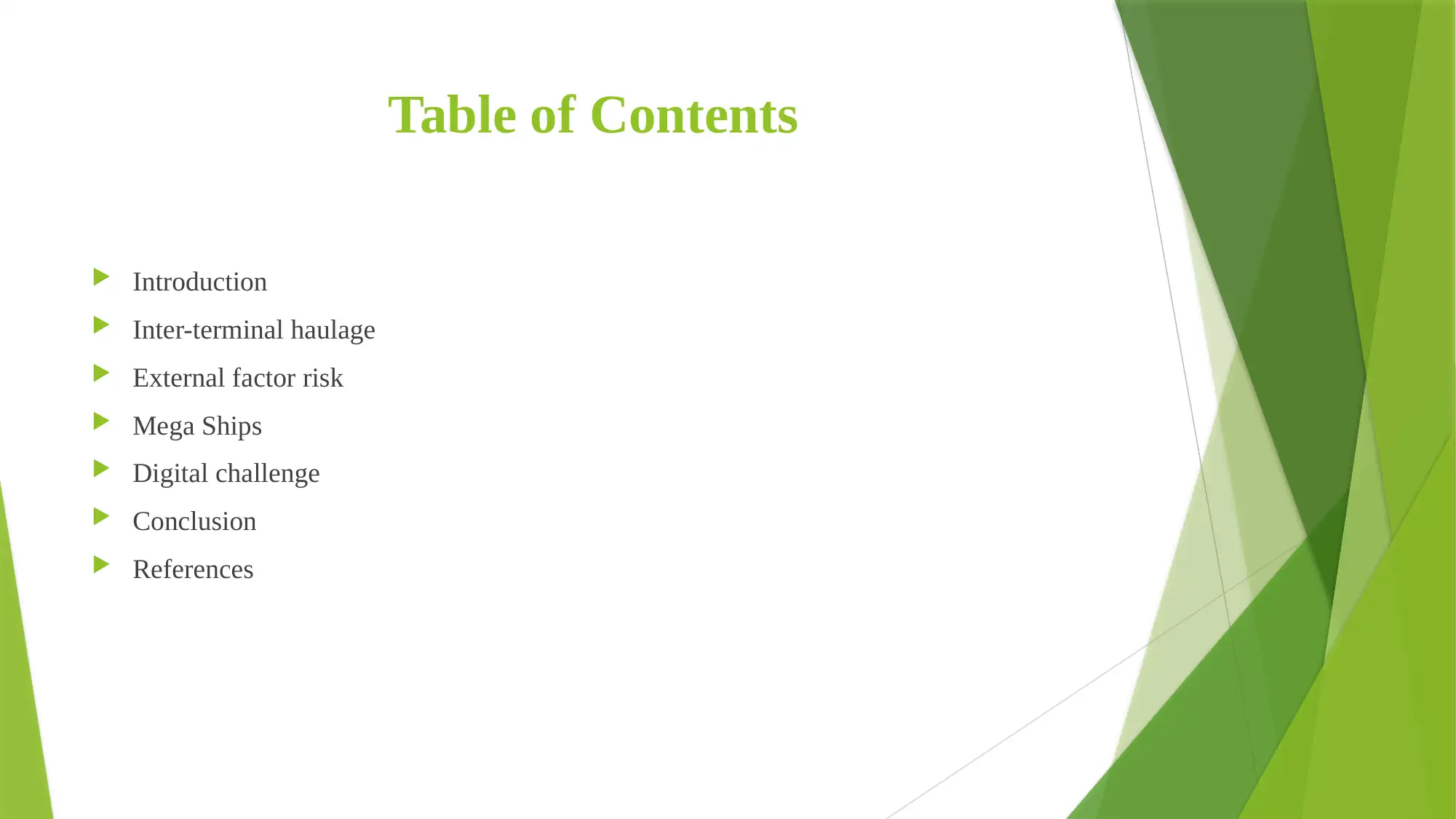
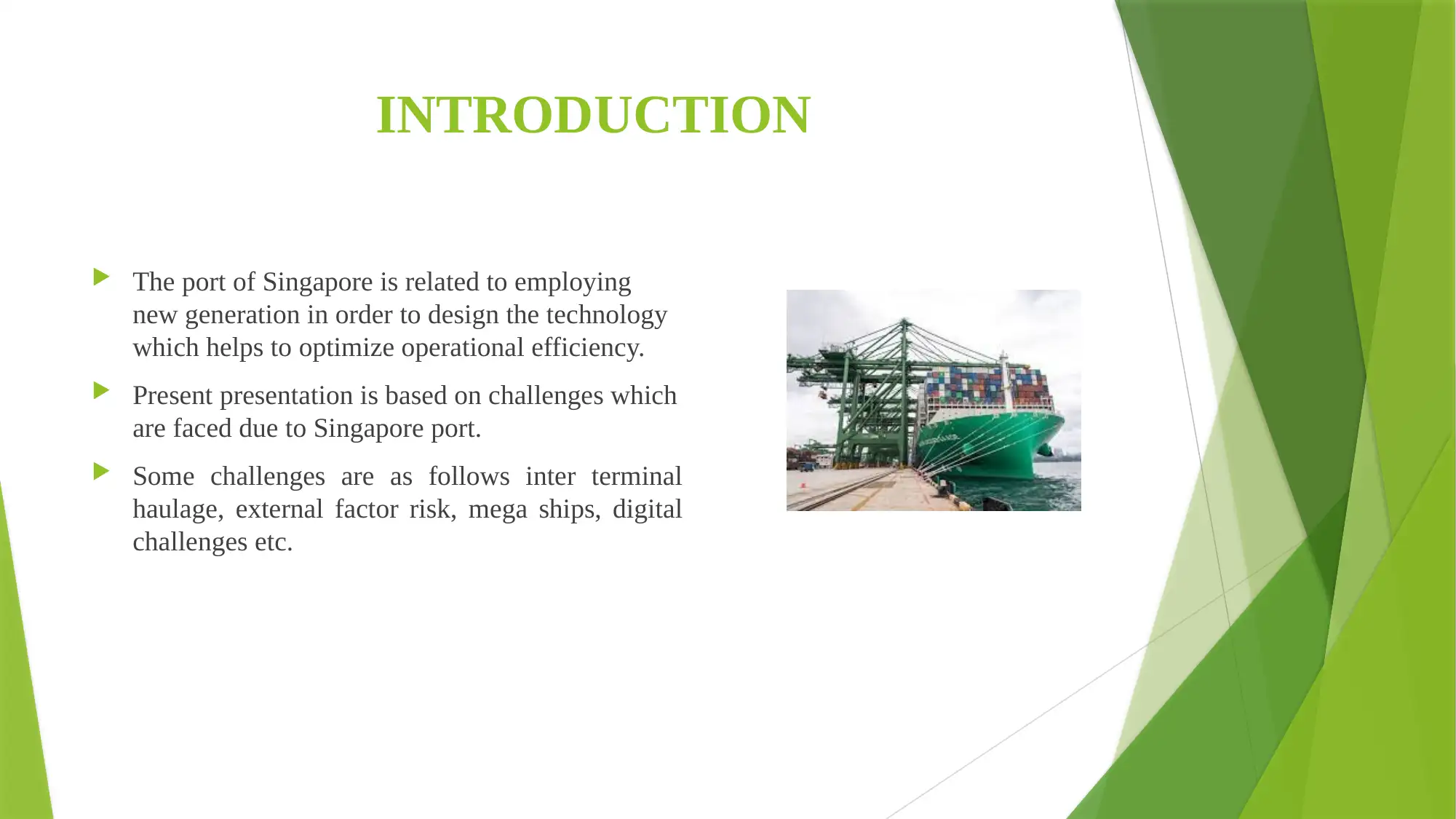

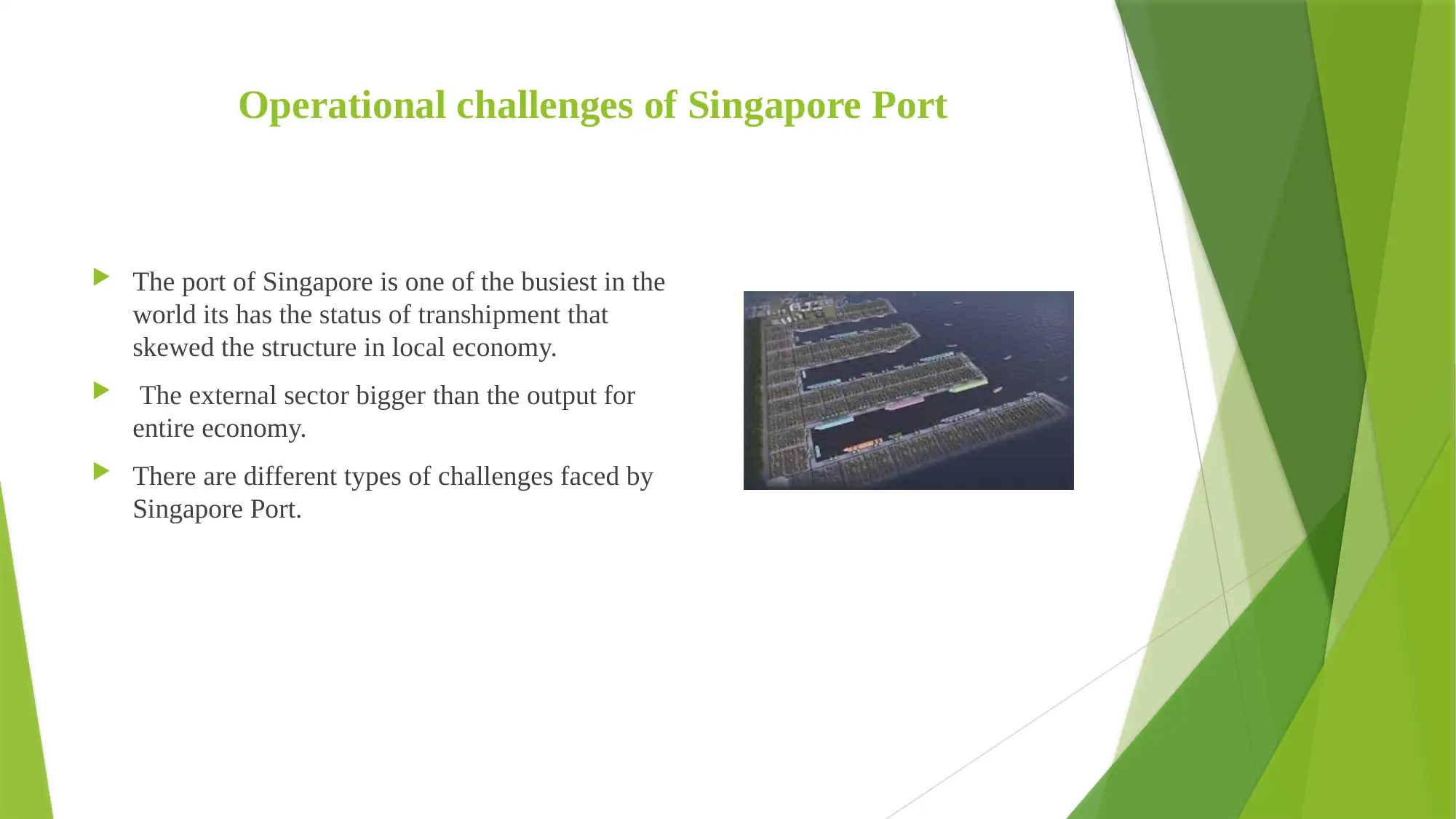

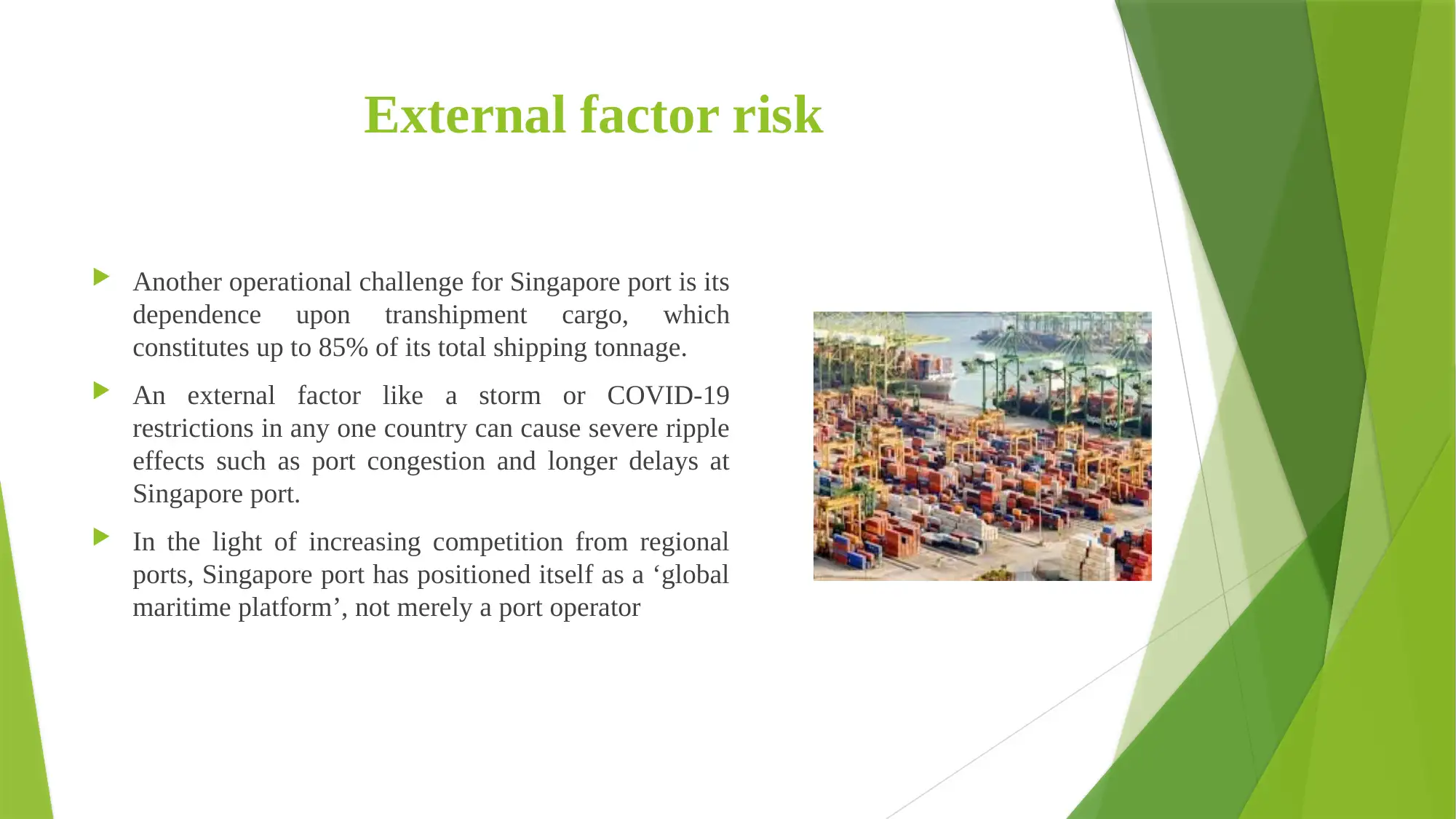


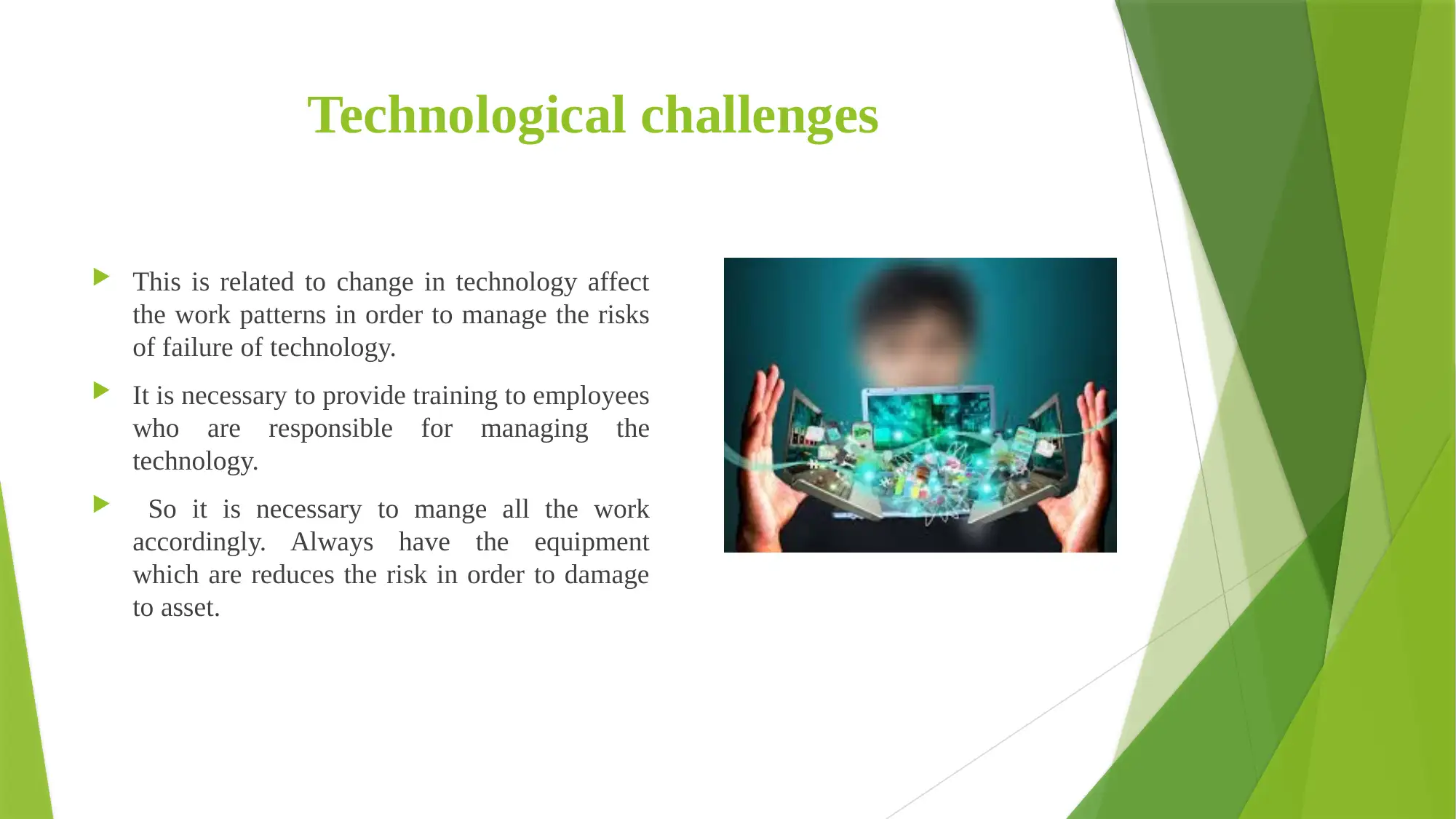
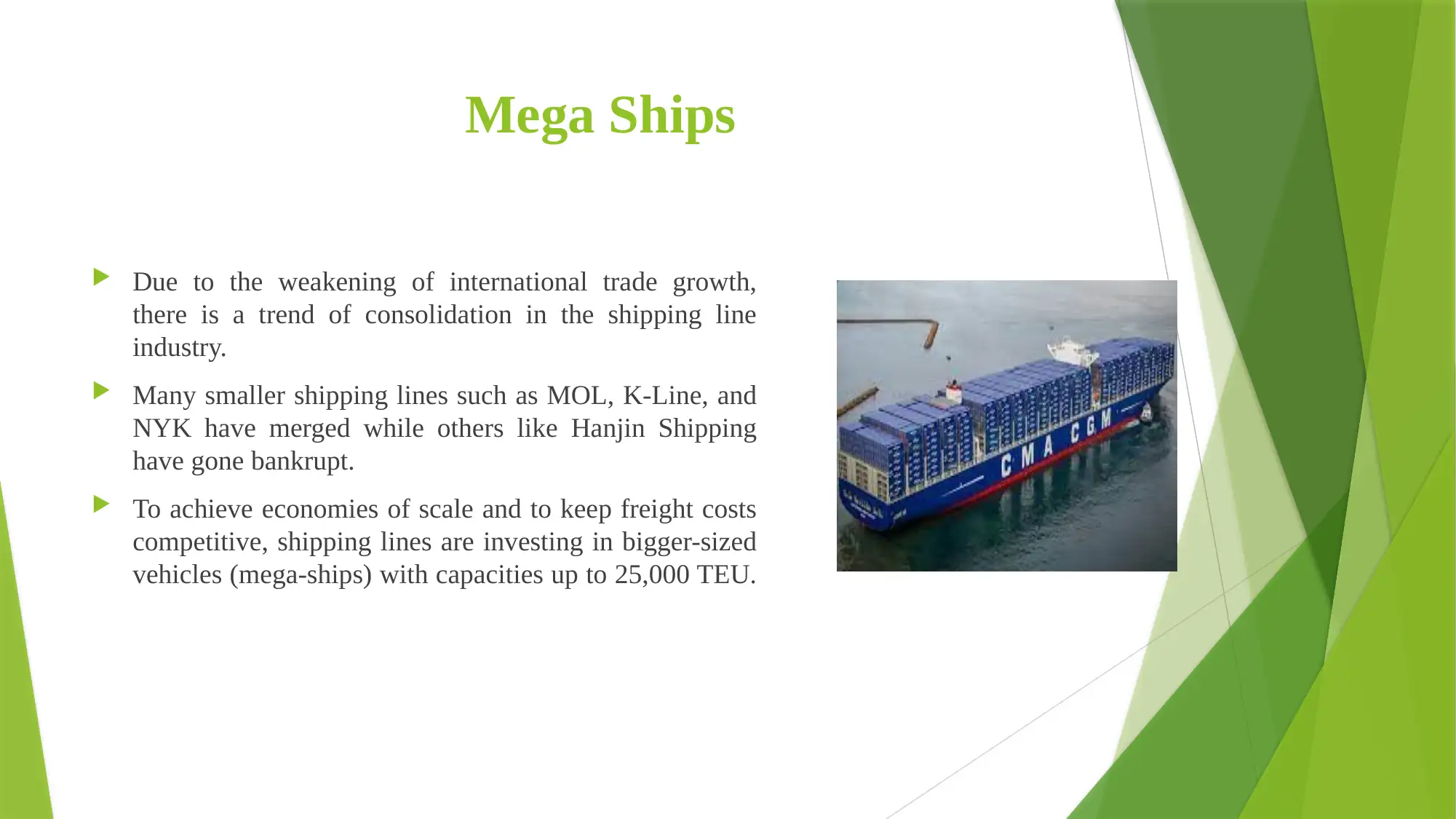

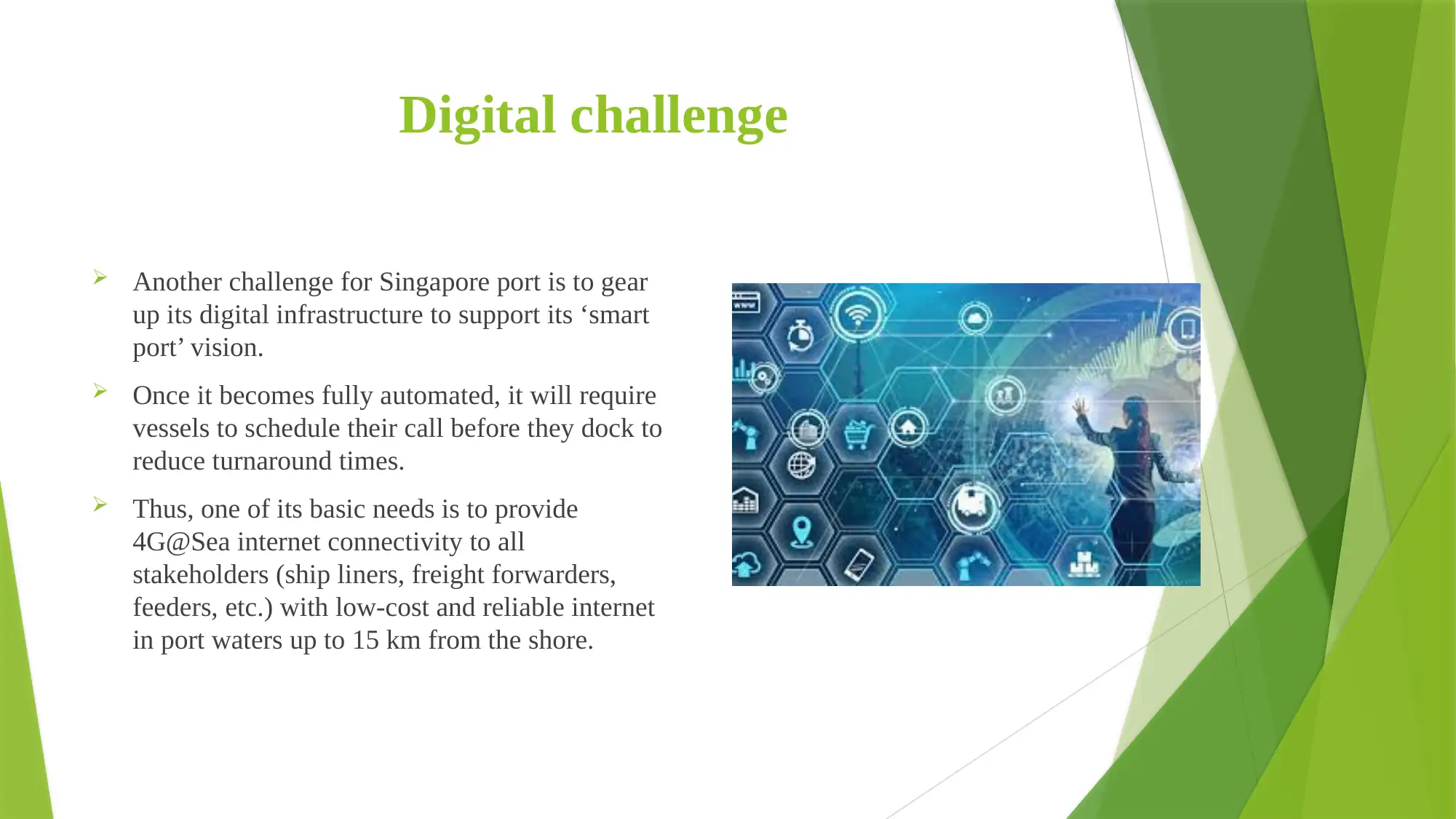



![[object Object]](/_next/static/media/star-bottom.7253800d.svg)